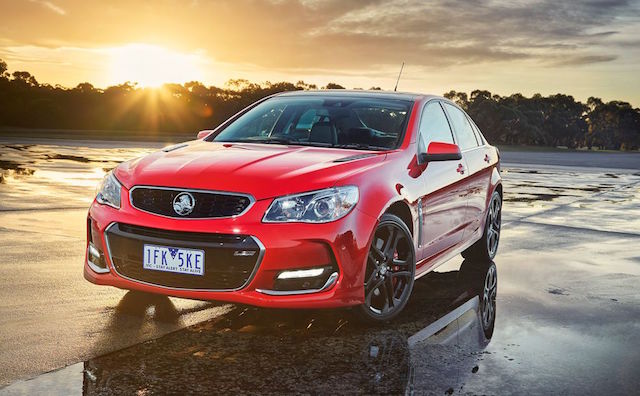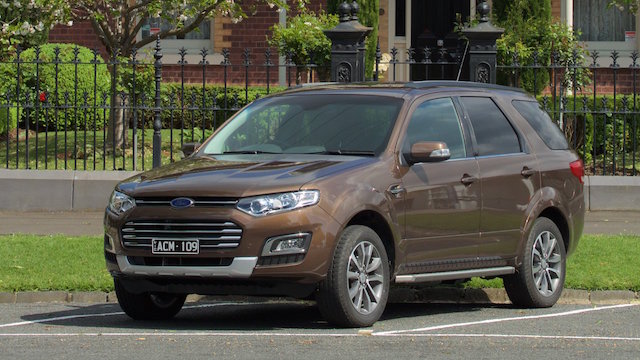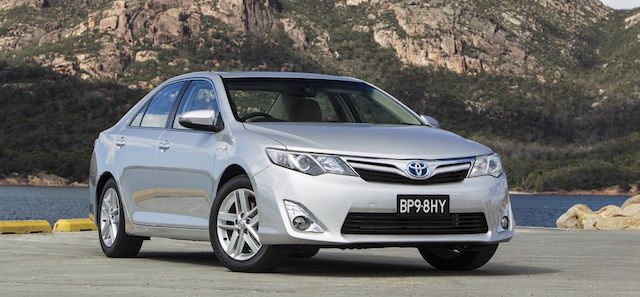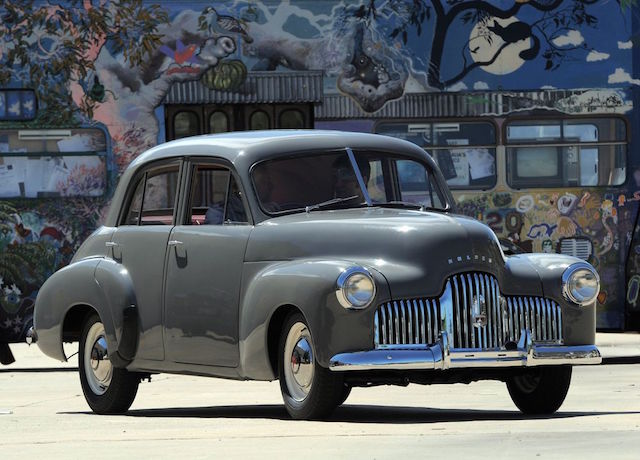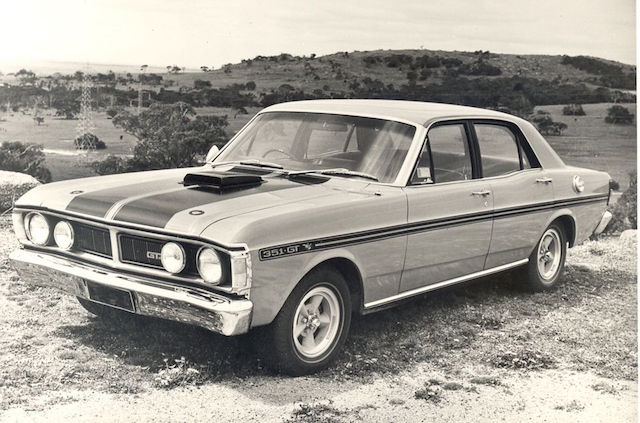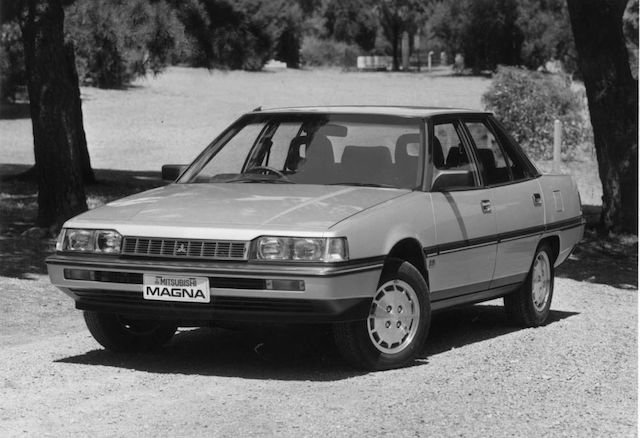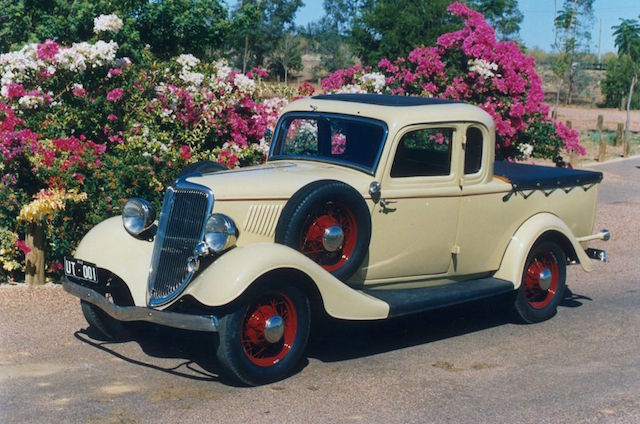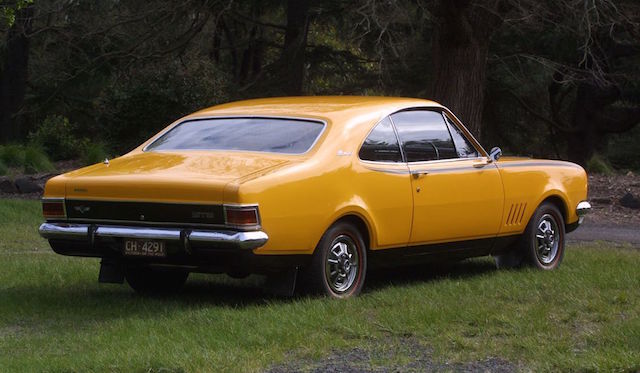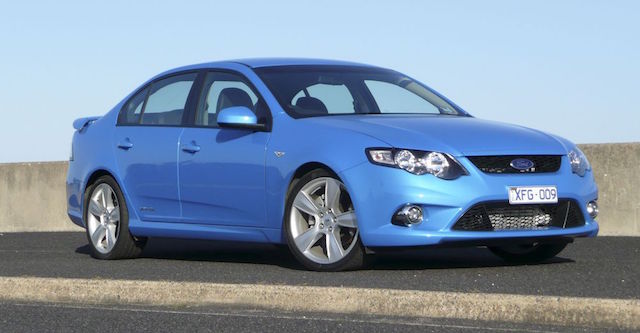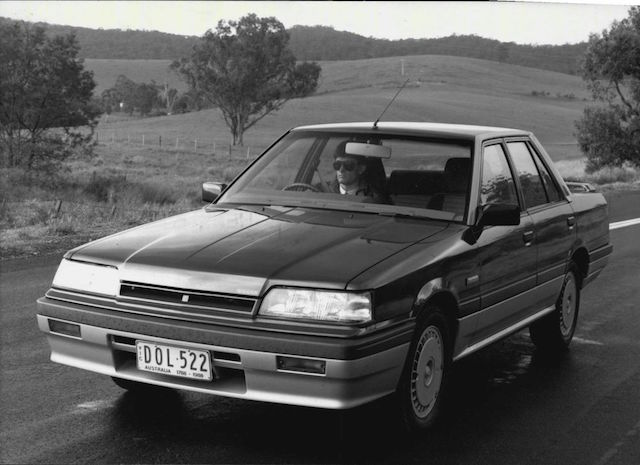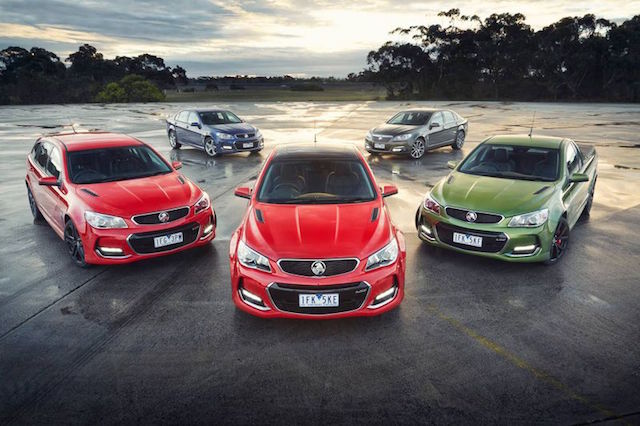
The homegrown Australian car industry ends around 100 years of manufacturing today with the official closure of Holden’s plant in Adelaide. Ford’s operation closed last year; Toyota’s earlier this month.
From now on new cars for the Australian market will, like New Zealand, be built and imported from factories in many different countries.
Since it was made known some years ago that the Aussie-built cars would no longer be around after 2017, car fans on both sides of the Tasman have been asking themselves: What’s been the best Australian car? Was it a Ford? Was it a Holden? Perhaps a Nissan, or a Mitsubishi?
The arguments will continue . The motoring guys at the Sydney Morning Herald this morning have had 10 bob each way and listed their 10 best Aussie-made cars. Here’s what they had to say.
Holden VF Commodore
Holden definitely saved the best for last with its latest-generation Commodore, particularly the range-topping V8-powered models that were designed to appeal to muscle car enthusiasts.
The Commodore SS-V Redline is a brilliant machine that oozes character and charm from its thumping 6.2-litre bent eight, but it also handles well, is comfortable, well-built and crammed with the latest in connectivity.
The best of the best is undeniably the HSV GTSR W1, the fastest and most powerful car ever produced in this country.
Ford Territory
The death of the Aussie car has largely been blamed on the fact that Holden and Ford continued to build traditional large sedans that were no longer popular enough to keep them profitable.
But that is dismissing the Ford Territory, our only domestic SUV.
The blue oval’s top brass – led by the inspirational Geoff Polites – recognised the rising tide of SUVs and developed a spacious, smart and car-like high-riding wagon that utilised the same underpinnings as the Falcon.
It was a winner right off the bat, achieving critical acclaim and challenged the Falcon for sales.
Toyota Camry Hybrid
The most advanced Australian car ever built isn’t often seen as being built here, when in fact Toyota has been assembling cars in Australia since the early 1960s and has been the biggest contributor to the industry over the last 20 years with as many cars being exported as they were sold locally.
The Camry Hybrid is the only mainstream petrol-electric machine built in Australia, and has taken over as the car of choice for taxi operators around the country owing to its reliability and fuel economy benefits.
Holden 48-215
No list like this would be complete without the original Aussie car, the Holden 48-215.
While it was based on a Chevrolet design that was seen as being too small for post-war Americans, the FX (as it became known) was adapted for local conditions with a torquey six-cylinder engine and toughened suspension.
After it was introduced by Prime Minister Ben Chifley, it sold like wildfire and set the foundations for decades of success for the Aussie carmaker.
Ford Falcon GT-HO
If ever there was a car that put Australia on the map, it was the XY Falcon GT-HO Phase III – a race car for the road that was specifically built to win the Bathurst endurance race and, with that, became the fastest four-door car in the world in the 1970s.
Featuring a monstrous 351 cubic inch V8, a stronger gearbox, race-tuned suspension and a beefed-up body, the ‘Hoey’ is the poster child of Aussie muscle cars.
Cashed-up collectors with rose-tinted glasses have elevated prices for pristine, original racers into seven-figure territory while enthusiasts have modified hundreds of lower-grade versions into replica GT-HOs for decades, to the point where more GT-HOs exist today than were ever actually built.
Mitsubishi Magna
The Magna, you reckon? Yep. Even though it never won Bathurst, or anything heroic like that, the Japanese carmaker took the mid-size car to new levels in 1985 with the original Magna.
It was the first all-new model to be built following Mitsubishi’s takeover of the former Chrysler plant at Tonsley Park in South Australia, and it set the tone for spacious, well-packaged and fuel-efficient alternatives to the Ford Falcon and Holden Commodore.
It was certainly more convincing that Holden’s four-cylinder Commodore and beat the wide-body Toyota Camry to the market by a year.
Ford Coupe Utility
The humble ute – a vehicle that has become more popular today than ever before – was created right here in Australia.
Developed in response to a letter from a farmer’s wife in rural Victoria who couldn’t afford both a regular car and a pick-up truck and wanted one car to drive to church on Sundays and take the pigs to the market on Monday, Ford designer Lou Bandt modified a Ford Model 40 with a tray in the back … and the rest, as they say, is history.
Holden Monaro
The Monaro is to Holden’s faithful what the GT-HO is to Ford fans.
It was the General’s muscle car coupe of the 1960’s, a car that gave Holden its first victory at Bathurst, kick-started the career of motor racing icon Peter Brock and had fathers of young daughters alarmed every time they left in one – usually with plumes of tyre smoke bellowing from its rear wheels.
The Monaro badge was revived in 2001 following an overwhelming response to the top-secret Coupe Concept that surprised everyone when it was revealed at the 1998 Sydney Motor Show. The second-generation Monaro only lasted for four years, but it was a smash hit for Holden and is now considered a modern classic.
Ford Falcon XR6 Turbo
Ford disproved the adage that there is no replacement for displacement with the BA Falcon XR6 Turbo – the first serious alternative to a V8-powered muscle car since the Holden VL turbo in the mid 1980s.
Just like the Territory, the blue oval recognised the rising popularity of turbo charged performance cars in the early 2000s and developed one of the most under-rated muscle car of an era.
With V8-equalling power from its force-fed 4.0-litre straight six – and enough headroom for tinkerers to tweak significantly more out of it – the XR6 Turbo was an instant hit for Ford. And, at least we reckon, one of the greatest Aussie cars of all time.
Nissan R31 Skyline
Along the same lines, Nissan provided a seriously good alternative to the Falcon and Commodore with the last of its Aussie-built Skylines.
It’s 3.0-litre straight six was a brilliant engine (so good, in fact, Holden used it in the VL Commodore) and its lightweight, rear-drive body made for a great handling car.
Okay, it’s straight-edged body wasn’t a looker, and it didn’t pull on the heart strings of patriotic Aussies like a Commodore or a Falcon, but it is a very underestimated classic. Besides, it was good enough to launch the career of one of Holden’s most successful racers, five-time touring car champion Mark Skaife.
Honourable Mentions
Yes, yes… what about this and what about that? There are many more cars that could be on this list – mostly from the red and blue camps of Holden and Ford – but it would be remiss of us not to highlight the diversity of the Australian car industry and the major players that have contributed to it beyond the biggies.
The ones that shoulda, coulda, woulda made it would have to include the likes of the Holden Torana GTR XU-1 and Torana A9X, both of which were born to win at Bathurst, and the Ford Falcon XB Coupe that became immortalised on the silver screen as Mad Max’s Interceptor.

